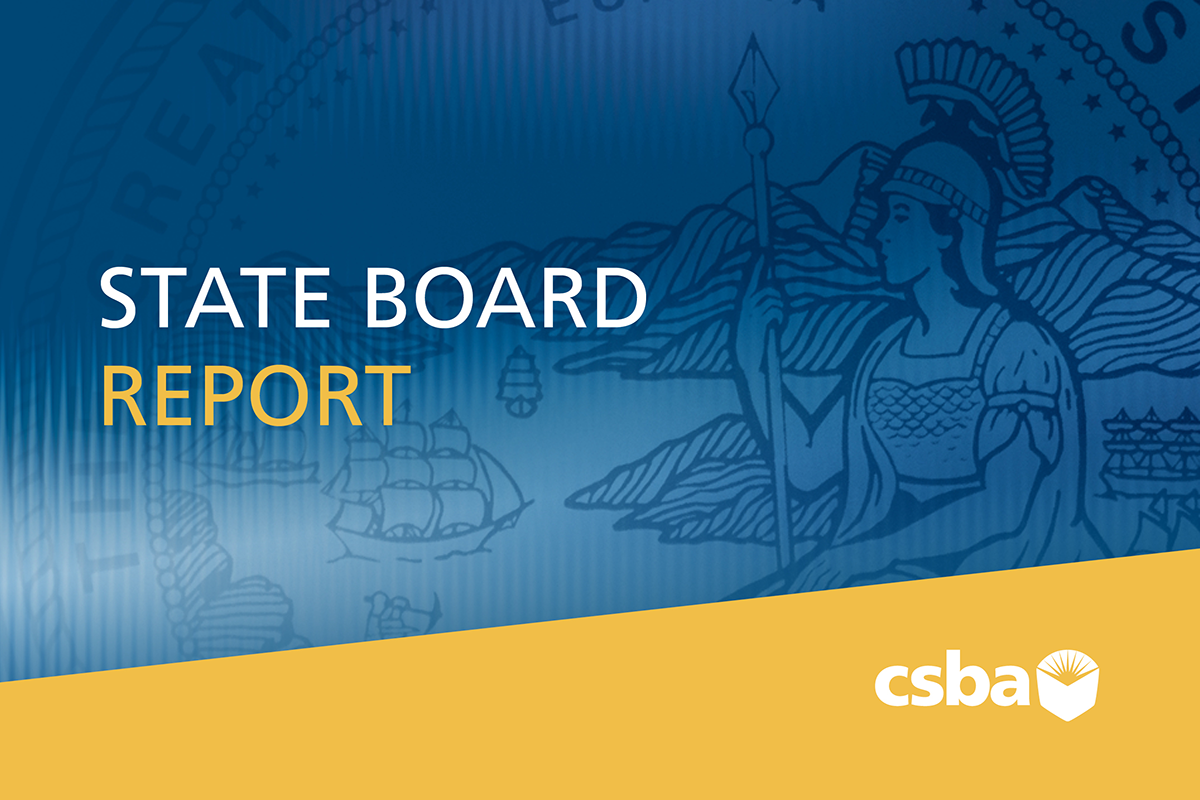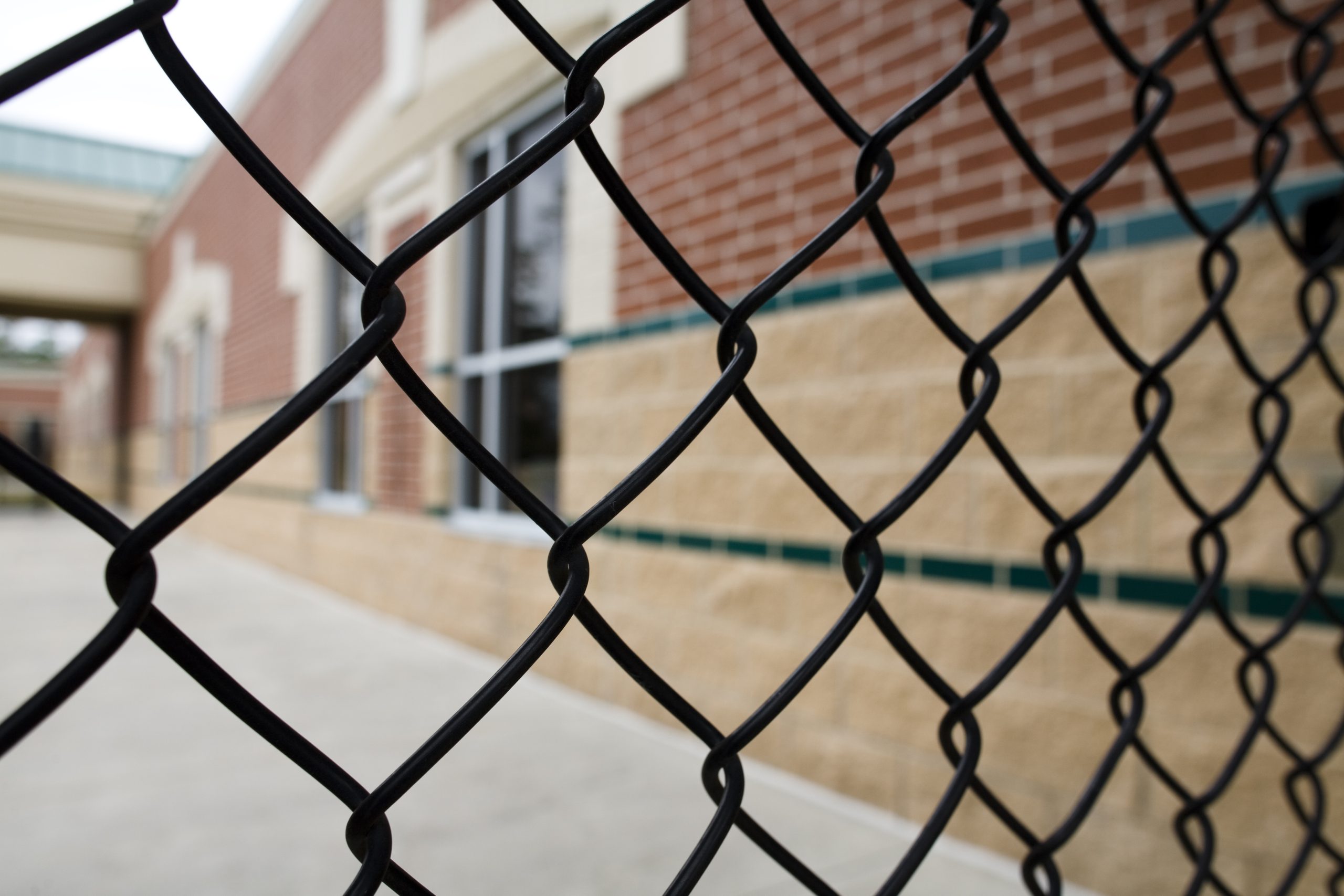In January 2023, CSBA’s Education Legal Alliance (ELA) filed writ of mandate seeking to invalidate the State Board of Education’s (SBE) decision to grant the appeal of the petition for Mayacamas Charter School, which overturned the decisions by both the Napa Valley Unified School District and the Napa County Office of Education to deny the petition. In a victory for the ELA that vindicated its interpretation of Assembly Bill 1505, on June 29, Judge Shelleyanne W.L. Chang of the Sacramento County Superior Court granted the ELA’s writ of mandate, finding the State Board abused its discretion in granting the appeal, and ordered the State Board to set aside its decision to grant the charter appeal. The ELA filed its writ alongside a similar writ of mandate by Napa Valley USD to represent the statewide interests of governing boards who serve as local charter authorizers and to ensure that the legislative intent of AB 1505, which limited the SBE’s role in charter appeals, was carried out. Both the ELA and Napa USD were victorious in this first lawsuit to test the new standard for State Board review under AB 1505.
This was the first time SBE overturned the decisions by the local boards since AB 1505 was signed into law by Gov. Gavin Newsom in 2019. AB 1505 limited the scope of the SBE’s review to the “specific citations to the documentary record” included by the charter school in its appeal “detailing” how the local boards “abused their discretion.” (Education Code 47605 (k)(2)(A).) Another key reform included in AB 1505 was the addition of a finding of fact supporting the denial of a charter petition for being “demonstrably unlikely to serve the interests of the entire community in which the school is proposing to locate [and] analysis of this finding shall include consideration of the fiscal impact of the proposed charter school.” (Education Code 47605 (c)(7).) Such analysis incudes:
- The extent to which the proposed charter school would substantially undermine existing services, academic offerings or programmatic offerings.
- Whether the proposed charter school would duplicate a program currently offered within the school district and the existing program has sufficient capacity for the pupils proposed to be served within reasonable proximity to where the charter school intends to locate.
Here, instead of giving deference to the local decision-makers and determining whether the findings by the local boards supporting denial were reasonable and supported by the evidence in the record, the State Board majority substituted its own judgment about the sufficiency (quality and completeness) of the petition. The State Board based its decision to grant the charter school’s appeal on its findings that: (1) Napa USD did not follow a fair process because its process was biased; and (2) Napa COE did not properly determine that the charter petition should be denied because it would undermine existing services, offerings, or programs (the community interest criteria). The court noted that the question before it was “whether the District Board and County Board’s decisions were ‘entirely lacking in evidentiary support’ such that the State Board properly exercised its discretion under section 47605, subdivision (k)(2)(E) in reversing the prior determinations and approving the Charter School petition.” [Emphasis in original.]
In answering that question, the court overturned both findings of the State Board, concluding that it did not exercise the appropriate abuse of discretion standard of review provided for in AB 1505. Specifically, as to the allegations of unfair process against the district, the State Board stated in its pleadings that the district’s board “made pretextual findings and conducted the public hearing in a biased manner,” made “prepared remarks” during the public hearing and made biased comments about the petition. The court found that district’s board members’ comments were not evidence of bias or an unfair process. Rather, absent financial bias, the board members were presumed to be unbiased as a matter of law, and the State Board was unable to demonstrate any bias that would render the board unable to consider fairly the evidence before it. Moreover, the Legislature clearly believed that local governing boards are capable of acting without bias in making such determinations, as the process for consideration of charter petitions vests decision-making authority in them.
The State Board also argued that the board members were biased because they had a financial interest — ensuring the fiscal health of the district. However, the court did not find that constituted a financial interest. In fact, the Education Code requires boards to form opinions based on their constituents’ interests and directs boards to consider whether granting a charter petition is consistent with the interest of the entire community, including a consideration of the fiscal impact. Thus, the district’s board members were required to form opinions about the petition and the charter’s potential impacts. The court further noted that the legislative intent of AB 1505 was for district boards to have greater authority to determine which charter schools to approve, which demonstrates that the Legislature “believed school boards capable of unbiased adjudication of charter school petitions.” As such, the court found that the district did not act with bias. The court also pointed out the irony that the State Board argued that “its own members are entitled to ‘voice their opinions without raising an inference that the proceedings before [them] are somehow tainted by any opinions’” and noted that the same standard should apply to the district board.
As to the county board’s decision, the court found that there was evidentiary support for the county board’s determination that the charter school would undermine existing services, offerings or programs (Education Code 47605 (c)(7)) because of the potential for the district to fail to meet the statutory reserve and the need to layoff teachers and reduce or eliminate programmatic offerings. The court set out the detailed evidence the county board presented about the potential negative financial impacts of the charter school, including information in the district’s Second Interim Financial Report and pointed out the fact that the district was already in a difficult financial position. As a result, the court found that, contrary to the State Board’s findings, there was evidence of a substantial undermining of existing services, offerings or programs so that the county board’s findings were not “entirely lacking in evidentiary support,” which is the required finding for the abuse of discretion standard. The fact that the State Board would reach a different conclusion on the evidence is irrelevant because the abuse of discretion standard required the State Board to give deference to the county’s determination. In other words, the fact that reasonable people might disagree is not a basis for overturning a decision. In finding otherwise, the State Board utilized an independent judgment standard — substituting its independent judgment for that of the county board — which is the wrong standard.
The court concluded that “there was no proper legal basis for the State Board’s decision in this matter” so “the State Board decision must be set aside.” The court directed the State Board to file with the court, within 30 days, a document setting forth how it complied with the ruling. This case is a victory for Napa Valley USD and for school districts and county offices of education statewide as it reinforces the discretion due to their decisions on denial of charter petitions under AB 1505.





